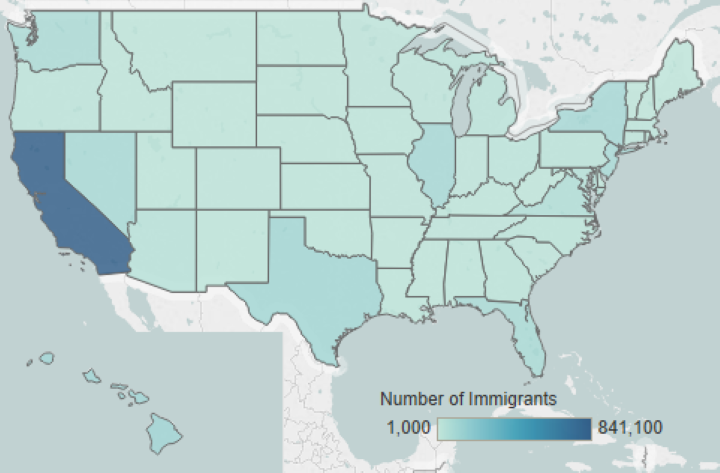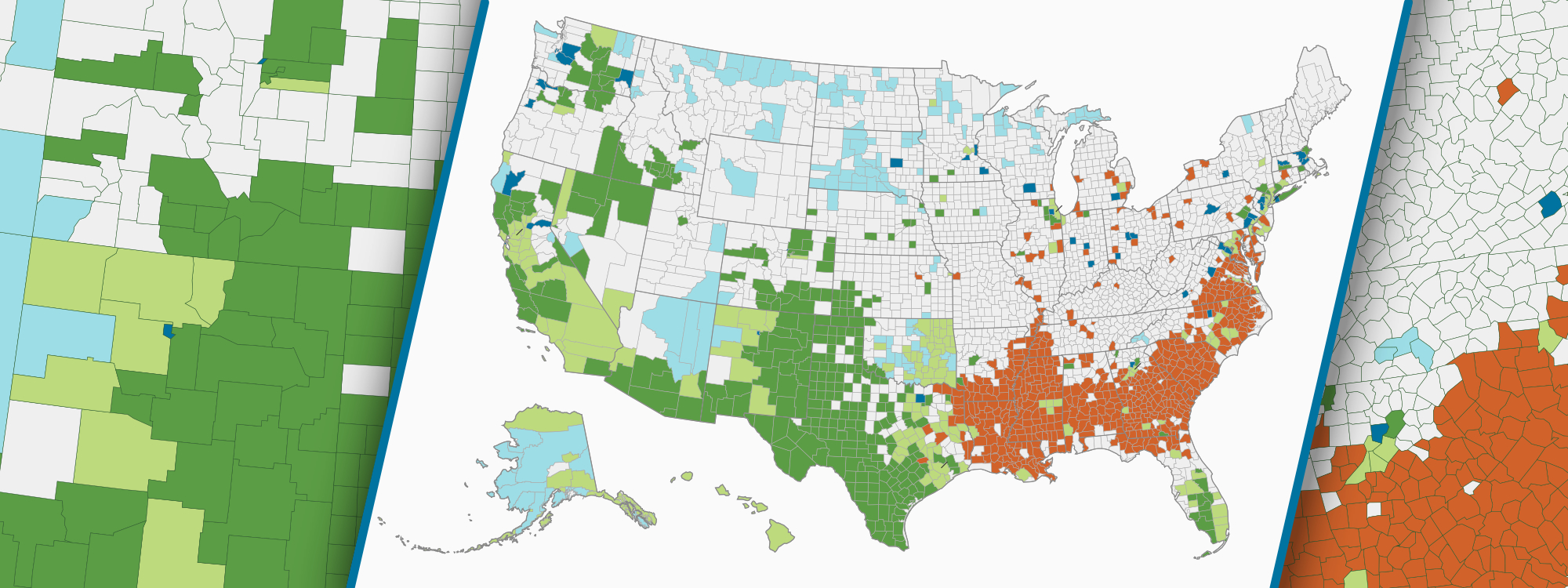Economic Challenges Amid Community Cohesion: Berkeley’s Struggle with Median Income and Poverty
Affordable Housing Opportunities: Navigating Berkeley’s Cost of Living Landscape
According to published article of homesnacks, In Berkeley the juxtaposition of economic struggles and a tight-knit community spirit paints a complex picture of life. Despite the challenges posed by a median income of $37,757 and a poverty rate of 32.1% residents find solace in the town’s affordable cost of living which is 0.8 times lower than the national average. This affordability offers a glimmer of hope for those seeking stability in their housing options with a median home value of $76,521 and a median rent of $1,034 providing accessible avenues for shelter.
READ ALSO:Unveiling Robstown, TX: Exploring Demographics And Statistics In The Heart Of Texas

Tackling Unemployment: Catalyzing Economic Growth and Community Resilience in Berkeley
However the community continue to face financial difficulties as indicated by the 4.1% unemployment rate. These numbers highlight the necessity of coordinated efforts to increase employment prospects and assist neighborhood companies in order to ensure Berkeley’s economic prosperity while maintaining its close-knit communal fabric. Berkeley can keep developing into a vibrant and resilient community where all citizens can flourish by tackling these issues head-on while fostering a climate of inclusivity and opportunity.
Living In Berkeley Missouri Summary
1.White Residents (7.4%): comprising 607 individuals, the White population in Berkeley represents a minority ethnic group in the community. Despite its smaller proportion, the presence of White residents contributes to the town’s diversity and cultural richness.
2. African American Residents (85.0%): With a significant majority of 7,001 residents, African Americans form the largest ethnic group in Berkeley. This demographic indicates a strong African American presence, shaping the cultural and social dynamics of the community.
3. American Indian Residents (0.1%): Comprising a small fraction of the population with only 7 individuals, American Indians contribute to the multicultural tapestry of Berkeley, though their numbers are relatively low compared to other ethnic groups.
4. Asian Residents (0.5%): Representing 38 individuals, the Asian community in Berkeley adds to the town’s diversity, bringing unique cultural perspectives and contributions to the local fabric.
5. Hawaiian Residents (0.0%): While there are no reported Hawaiian residents in Berkeley, acknowledging their absence is also part of understanding the town’s demographic makeup.
6. Other Ethnicities (0.0%): Similarly, with no reported residents falling into the “Other” category, Berkeley’s ethnic composition is further clarified.
7. Two or More Ethnicities (1.2%): Reflecting a growing trend of mixed heritage, 102 individuals in Berkeley identify with two or more ethnic backgrounds, adding complexity and richness to the community’s diversity.
8. Hispanic Residents (5.8%): Accounting for 477 individuals, the Hispanic community in Berkeley contributes significantly to the town’s multicultural landscape, bringing its own traditions, languages, and cultural heritage to the forefront.
READ ALSO:10 Top Unveiling The Worst States In America For 2024

















































